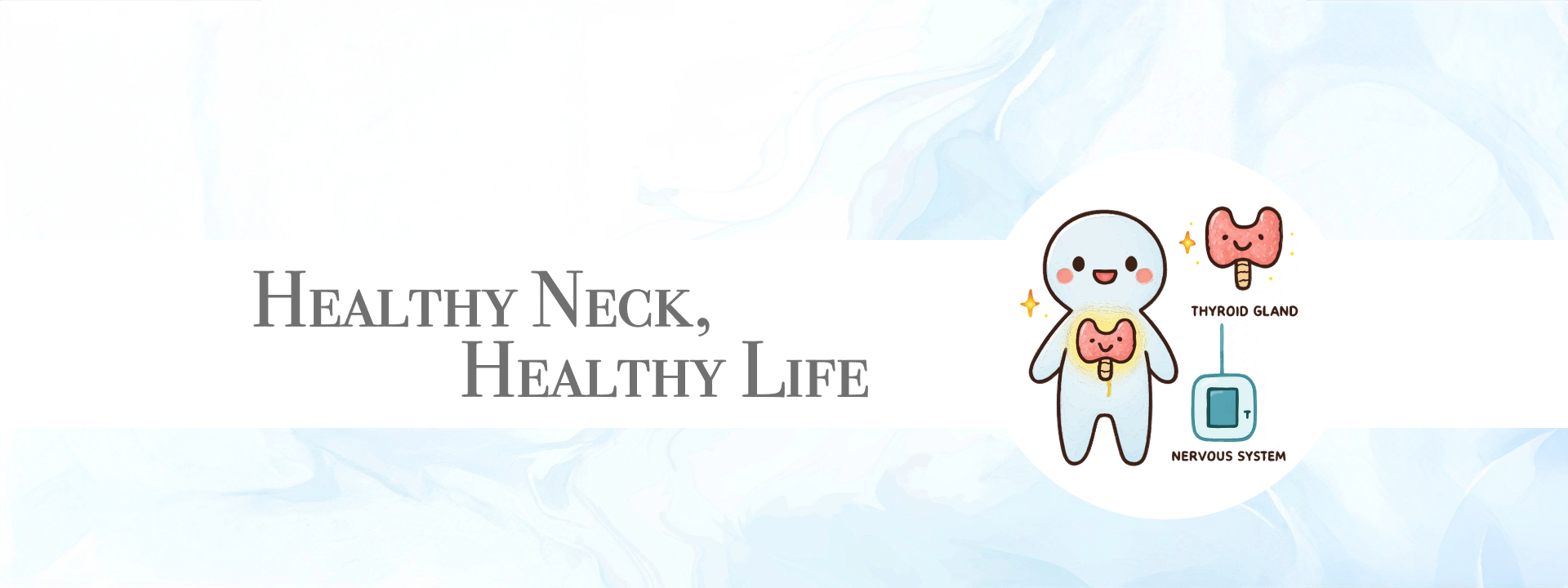Understanding “Consciousness” as a Core Support for Mental Health Recovery
This article is a continuation of the previous post, “The Ultimate Healer of the Heart: How Nature Heals Deep Emotional Wounds.” While that article focused on mindfulness, this time we delve deeper into how understanding “consciousness” can effectively support those struggling with mental health issues.
- ■ What Kind of Mindfulness Do Mental Health Patients Really Need?
- ■ Experiencing the “Now” Beyond Thought
- ■ Diagram: Two Levels of Consciousness
- ■ What’s Truly Needed: Experience Within the White Zone
- ■ Approaching the Ultimate Now Promotes Recovery
- ■ Understanding Consciousness Is a Foundational Therapeutic Skill
■ What Kind of Mindfulness Do Mental Health Patients Really Need?
- Those experiencing overwhelming stress or anxiety
- Those with deep-rooted past trauma
For these individuals, conventional mindfulness or meditation techniques may actually worsen their symptoms. Forcing someone to face their deep psychological wounds can destabilize their mental state.
■ Experiencing the “Now” Beyond Thought
Humans have the natural ability to access the present moment through their senses—sight, hearing, touch, and smell.
However, if the mind is occupied with thoughts, or focused on the past or future, it becomes difficult to feel the “now.”
Experiencing the “now” goes beyond thinking—it is something felt through the body. This leads directly to emotional stability and healing.
■ Diagram: Two Levels of Consciousness
Please refer to the image below:

This diagram represents the flow of time (past–present–future) and the structure of human consciousness.
- White area: The “ultimate now,” close to the unconscious—an experience of deep stillness that cannot be grasped by the thinking mind.
- Dark blue area: The ordinary conscious mind—where understanding, memory, and processing take place.
■ What’s Truly Needed: Experience Within the White Zone
Most people try to control their minds through conscious thought or emotional management.
However, in mental health care, this approach can sometimes backfire.
Trauma and deep anxiety often remain embedded in unconscious realms, beyond the reach of conscious processing.
By practicing mindfulness aligned with the “white area”—the near-unconscious now—one can stabilize the mind without having to revisit painful memories directly.
■ Approaching the Ultimate Now Promotes Recovery
As we increase opportunities to experience the “white area” in daily life, the mind gradually releases itself from regrets of the past or fears of the future.
This calms the repetitive loop of negative thoughts and emotions, allowing the nervous system to naturally shift into repair mode.
■ Understanding Consciousness Is a Foundational Therapeutic Skill
For professionals in medicine, education, and social work, understanding the invisible dimension of “consciousness” and integrating it into care practices is essential.
Mindfulness is not merely about sitting still and breathing.
It is a technique for connecting with the deep stillness within consciousness—and for freeing oneself from the stress and pain that lie buried in the depths of the mind.




コメント